Rifleman Octavius George Garlick
Newly uncovered photos and a diary of an injured New Zealand soldier are giving a personal insight into the role of the New Forest in World War I.
The diary of Rifleman Octavius George Garlick of the 1st Battalion New Zealand Rifle Brigade has come to light as part of research for the New Forest National Park Authority’s New Forest Remembers WWI project.
It includes his personal account of convalescing at the No.1 New Zealand General Hospital in Brockenhurst, having journeyed from New Zealand by troopship to Egypt, then on to France and Belgium.
Hospitals, industry, camps and training areas took over the Forest during the Great War of 1914 to 1918 and had a significant impact on local residents.
Rifleman Garlick’s time in the Forest began when he was transferred to Brockenhurst on 12 June 1917 by boat and train after being wounded whilst in action at Messines, Belgium. He was part of the initial assault at 3.10am on 7 June when ‘mines went off at the same time we hopped the parapet’, and was eventually wounded between the railway line and Oxonion Trench while still in Messines.
Once he arrived in the New Forest, Garlick’s photos show a relaxed pace of life for him and other injured New Zealand troops. This included regular visits to woodland near Sway organised by a local woman called Mrs Sladen, tea parties at her house and a trip from Balmer Lawn, Brockenhurst, by horse and cart.
The photos also show servicemen relaxing in hammocks in the Kia Ora Club, which was the hospital social club located on Brookley Road, Brockenhurst. Garlick is shown with his arm in a sling, with other photos showing him at the basket making school at the hospital as part of his rehabilitation.
WWI project officer Gareth Owen said: ‘The online documents and photographs held by the New Zealand National Army Museum give a real insight into the care and treatment given to the New Zealand troops at the hospital at Brockenhurst.
‘Rifleman Garlick’s photos and diary are one of the few accounts directly linking the New Forest to the theatre of war in Europe and we are very thankful to the museum for allowing us to add this information to our online interactive archive.’
Partial diary transcription
25.4.17: Left Hazebrouck Hospital after recovering from Urticaria skin disease (hives) in the trenches at Hill 63 Ploegstreet. Arrvied at reinforcement camp Steenwerck by train
27.4.17: Left Steenwerck by train arriving St. Omer marched from St. Omer to Quelines arriving same day (Trained for Messines stunt on full scale).
1.5.17: Left Quelines marched to St.Omer where we entrained arriving Steenwerck marched to Romarin arriving same day
23.5.17: Marched to Red Lodge (Hill 63) arriving same day
3.6.17: Marched to Bailluel Camp
6.6.17: Left Bailluel at 9pm and marched to assembly trench (Auckland Trench) full fighting order
7.6.17: at 3:10am mines went off at the same time we hopped the parapet taking our objective (Messines) at 7am. Wounded while in Messines between heavy railway and Oxonion Trench. Conveyed to Australian CCS then to Steen-Werck where we entrained the same day for Etaples arriving 8.6.17
9.6.17: Left Etaples by tain arriving LeHarve 10.6.17
11.6.17: Left LeHarve and embarked for Southampton
12.6.17: Arrive Southampton, entrained for Brockenhurst arriving same day.
21.8.17: Left Balmer Lawn Hospital. Entrained to Hornchurch arriving same day.
10.10.17: Left Hornchurch on leave to London arriving same day
25.10.17: Left London arriving Torquay same day
15.11.17: Left Torquay entrained for Liverpool
16.11.17: Arrived Liverpool. Embarked Ruahine (NZ Shipping Co)
19.11.17: Left Liverpool
4.12.17: Arrived Newport News. Va. USA.
5.12.17: Left Newport
5.1.18: Arrived Auckland NZ.
There are other documents here.



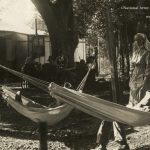

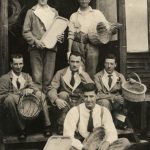
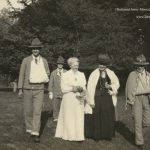
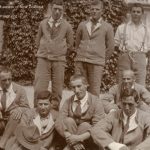
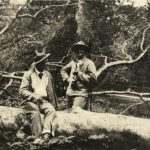
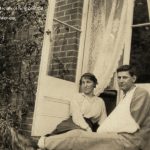
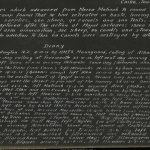

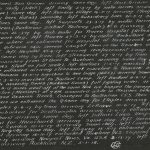
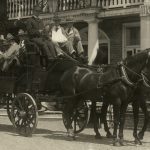
Wow that’s so cool. This is my great uncle. Private Stanley Clyde Garlick who served on the Marama hospital ship is his brother. Thanks for showing his story. I’d love to see the diary.